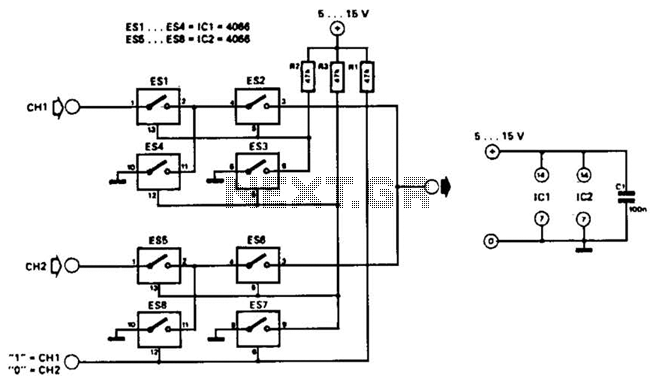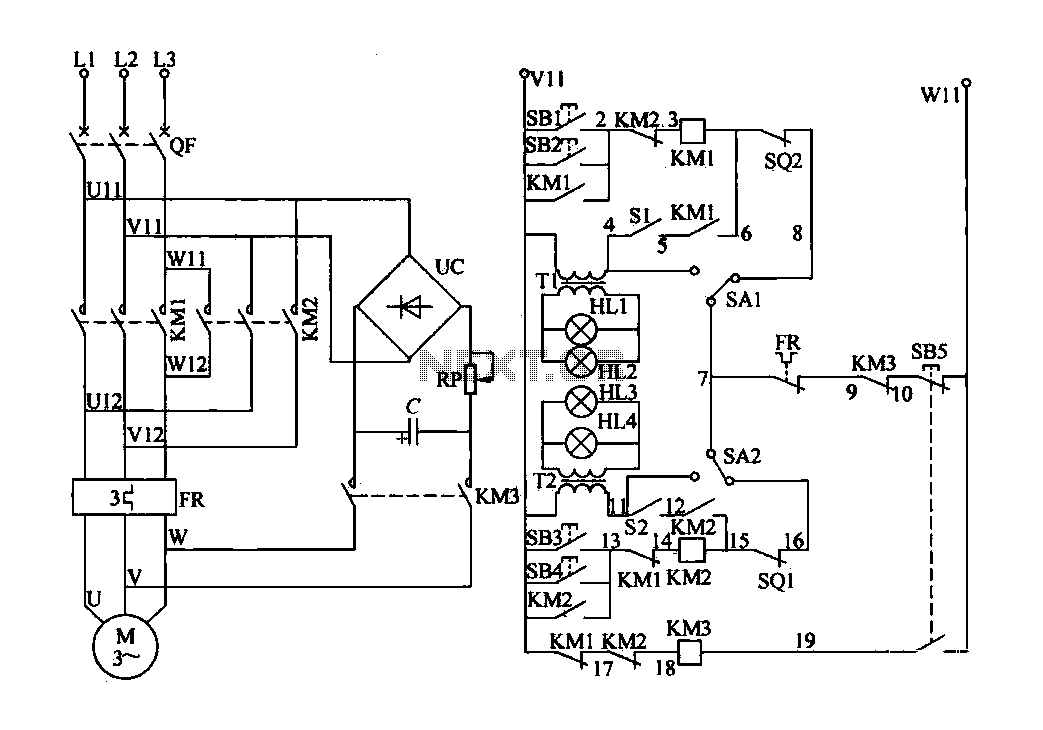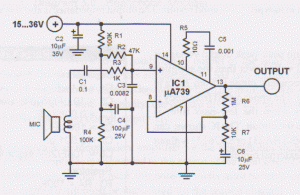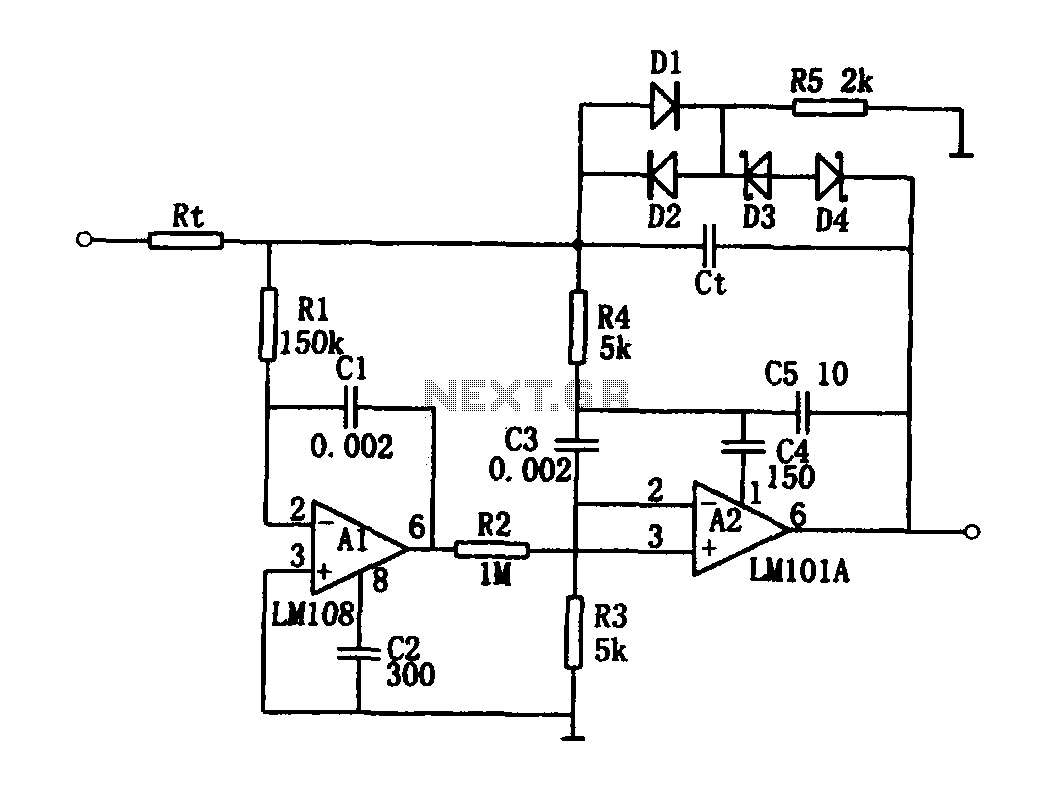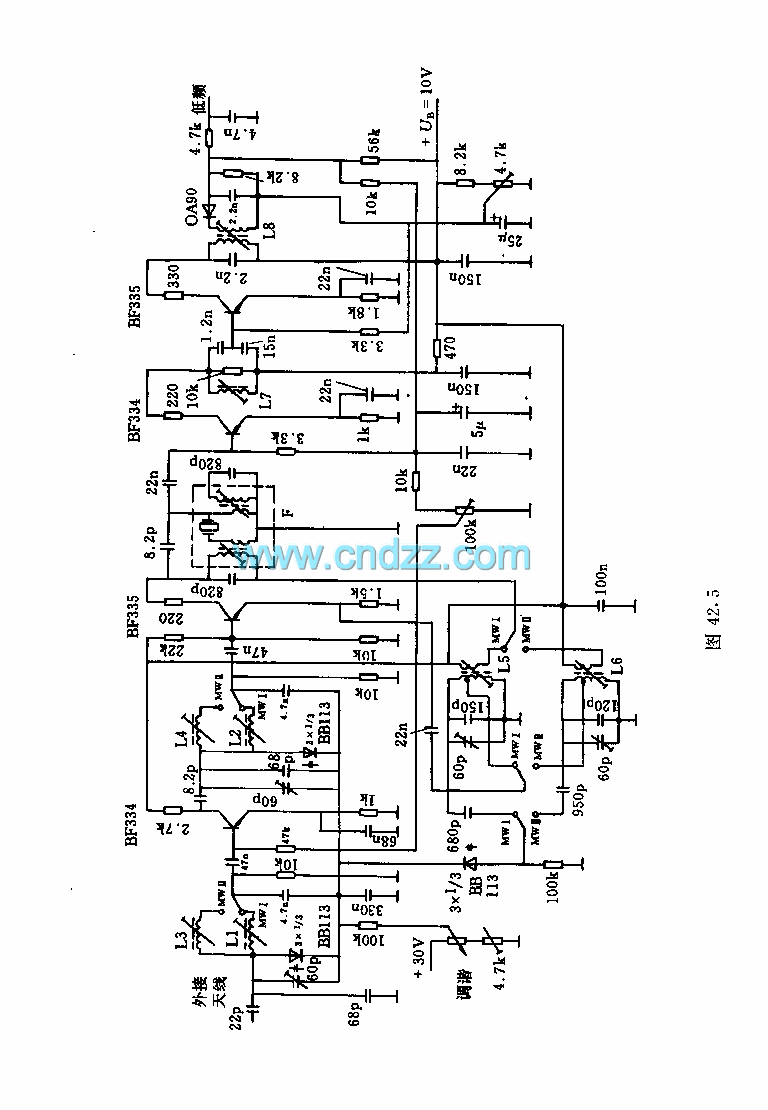
Optical proximity detector circuit diagram
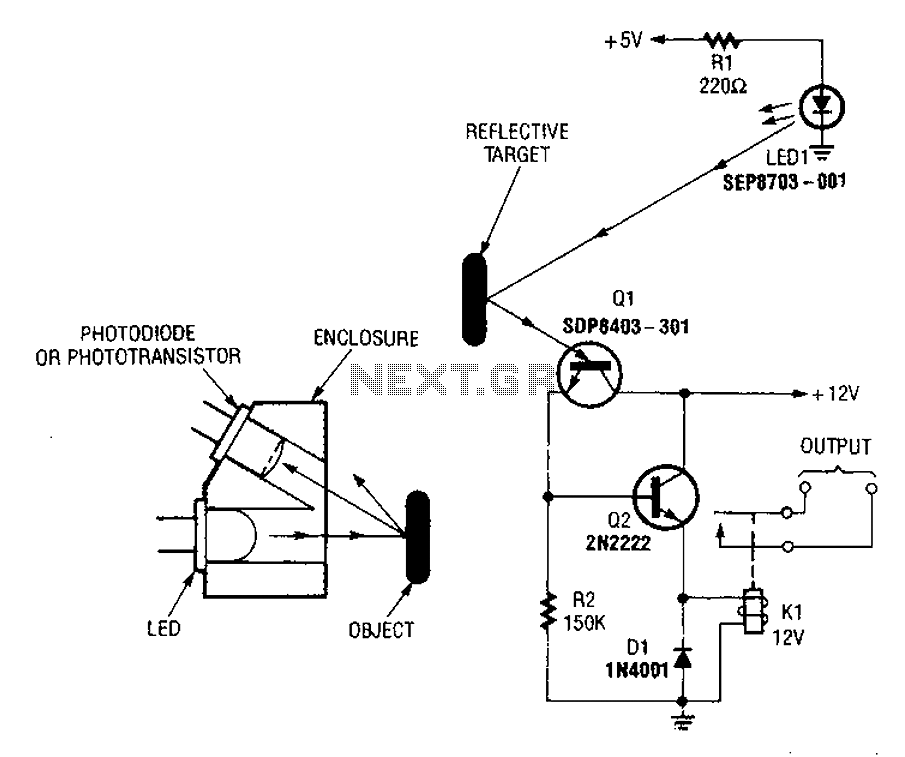
A reflex isolator detects the presence of an object by reflecting light from the object back to the sensor. This technique is effective when an object is in close proximity to the sensor.
Reflex isolators, also known as proximity sensors, utilize the principle of light reflection to determine the presence of nearby objects. These devices typically consist of a light source, such as an LED, and a photodetector housed within a single unit. When an object approaches the sensor, the light emitted by the LED reflects off the object and returns to the photodetector. The intensity of the reflected light is then analyzed to confirm the presence of the object.
In practical applications, reflex isolators can be implemented in various circuits for automation and safety purposes. For instance, they are commonly used in robotic systems for obstacle detection, in industrial automation for product counting, and in security systems for intrusion detection.
The circuit design for a reflex isolator generally includes a power supply, the LED, a photodetector (such as a phototransistor), and a signal processing unit. The power supply provides the necessary voltage for the LED to emit light. The LED is connected to the photodetector, which is configured to detect the reflected light. When the light from the LED is reflected by an object, the photodetector generates a voltage signal that can be processed further to trigger alarms, activate motors, or signal a microcontroller.
The sensitivity of the reflex isolator can be adjusted by modifying the angle of the LED and photodetector, as well as by incorporating additional components such as lenses to focus the light or filters to enhance detection capabilities. Furthermore, these sensors can be designed to operate in various environmental conditions, including outdoor settings where ambient light may interfere with detection.
Overall, reflex isolators provide a reliable and efficient means of object detection, making them invaluable in numerous electronic and automation applications.A reflex isolators (A) the light reflected by an object detecting its presence. When an object is very close to the sensor (B), this technique can be used to detect circuit.
Reflex isolators, also known as proximity sensors, utilize the principle of light reflection to determine the presence of nearby objects. These devices typically consist of a light source, such as an LED, and a photodetector housed within a single unit. When an object approaches the sensor, the light emitted by the LED reflects off the object and returns to the photodetector. The intensity of the reflected light is then analyzed to confirm the presence of the object.
In practical applications, reflex isolators can be implemented in various circuits for automation and safety purposes. For instance, they are commonly used in robotic systems for obstacle detection, in industrial automation for product counting, and in security systems for intrusion detection.
The circuit design for a reflex isolator generally includes a power supply, the LED, a photodetector (such as a phototransistor), and a signal processing unit. The power supply provides the necessary voltage for the LED to emit light. The LED is connected to the photodetector, which is configured to detect the reflected light. When the light from the LED is reflected by an object, the photodetector generates a voltage signal that can be processed further to trigger alarms, activate motors, or signal a microcontroller.
The sensitivity of the reflex isolator can be adjusted by modifying the angle of the LED and photodetector, as well as by incorporating additional components such as lenses to focus the light or filters to enhance detection capabilities. Furthermore, these sensors can be designed to operate in various environmental conditions, including outdoor settings where ambient light may interfere with detection.
Overall, reflex isolators provide a reliable and efficient means of object detection, making them invaluable in numerous electronic and automation applications.A reflex isolators (A) the light reflected by an object detecting its presence. When an object is very close to the sensor (B), this technique can be used to detect circuit.
